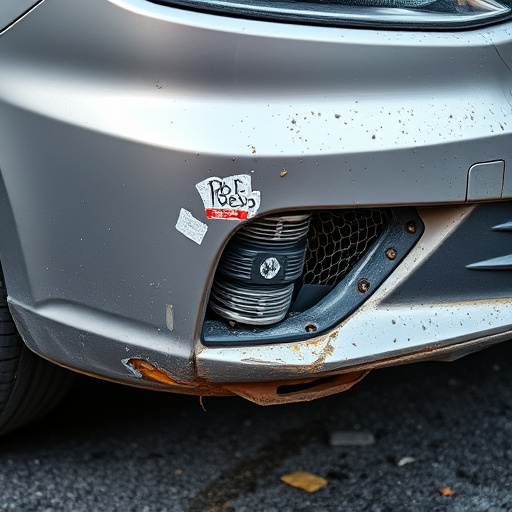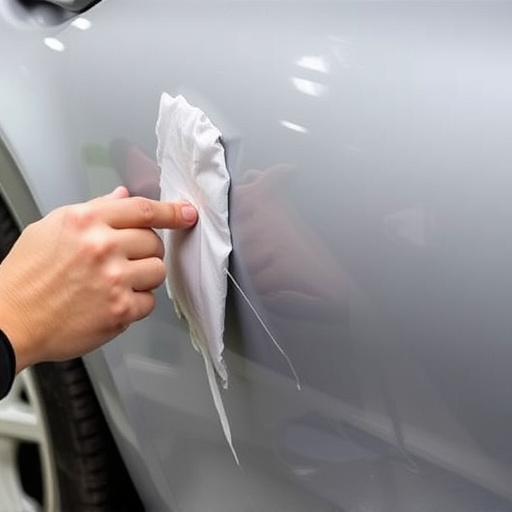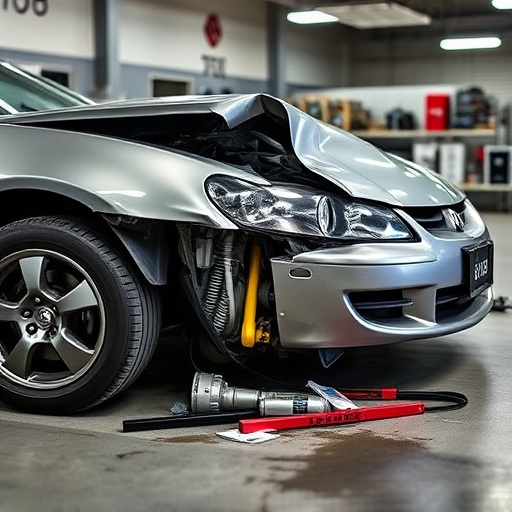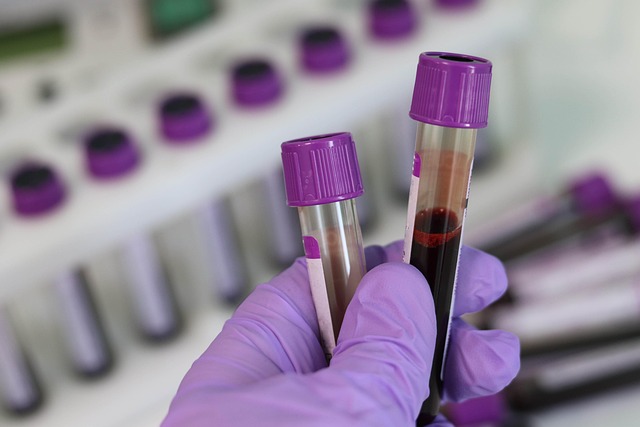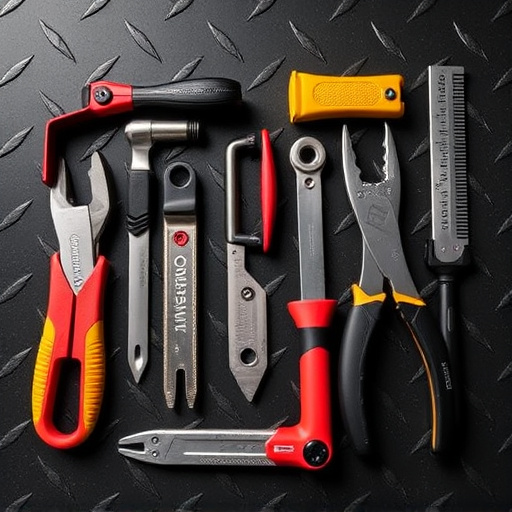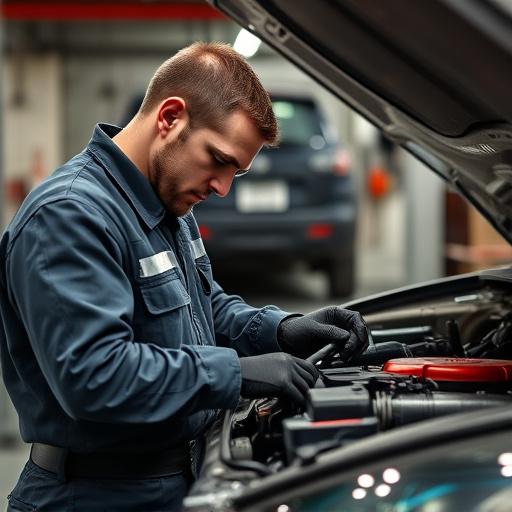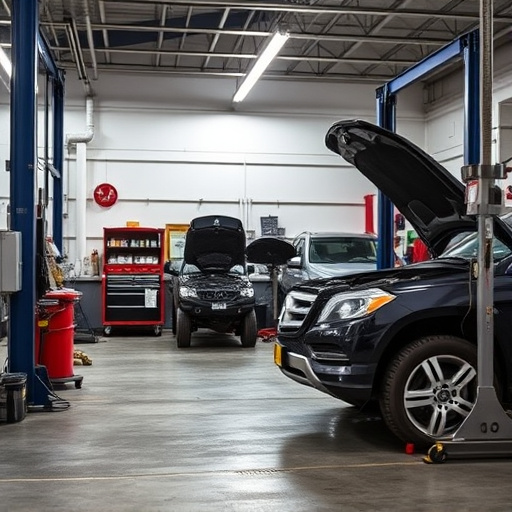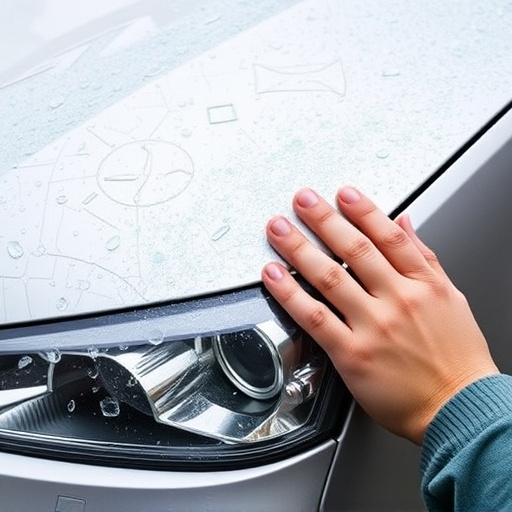Trim restoration collision involves specialized techniques to restore vehicle interiors to their original state using precise methods for diverse materials. Meticulous documentation, including detailed records, photos and measurements, is crucial for tracking repairs, ensuring quality, building client trust, and facilitating insurance claims settlement in trim restoration collision work.
In the meticulous world of auto collision repair, trim restoration stands as a critical art form. Documentation plays an equally vital role, ensuring precision and quality control throughout the process. This article explores the intricate trim restoration collision work, highlighting its significance in restoring vehicles to their pre-accident condition. We delve into the documentation’s critical function, providing insights on effective record-keeping practices that underpin successful trim restoration techniques, enhancing overall repair outcomes.
- Understanding Trim Restoration Process
- Documentation Role in Collision Repair
- Effective Practices for Detailed Records Keeping
Understanding Trim Restoration Process
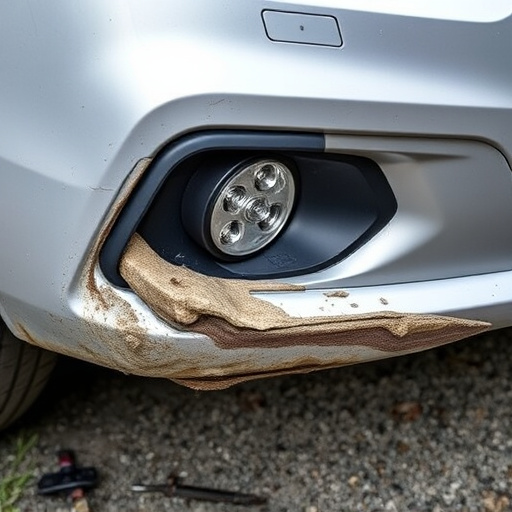
The trim restoration collision process is a meticulous art within the automotive collision repair industry. It involves the careful disassembly and renovation of interior components, ensuring every detail matches the vehicle’s original state. This intricate work requires skilled technicians who understand the intricacies of various car makes and models. The goal is to restore not just the physical appearance but also the structural integrity of these trim pieces, which can be challenging due to their complex designs and materials.
Automotive collision repair professionals employ specialized techniques for each component, from plastic and vinyl to wood and metal. They meticulously document every step, ensuring that replacement parts and finishes align perfectly. Collision repair services extend beyond fixing physical damage; they involve meticulous documentation and restoration to give vehicles a like-new look. This level of craftsmanship is essential for maintaining the vehicle’s value and providing owners with a satisfying experience throughout the vehicle restoration process.
Documentation Role in Collision Repair
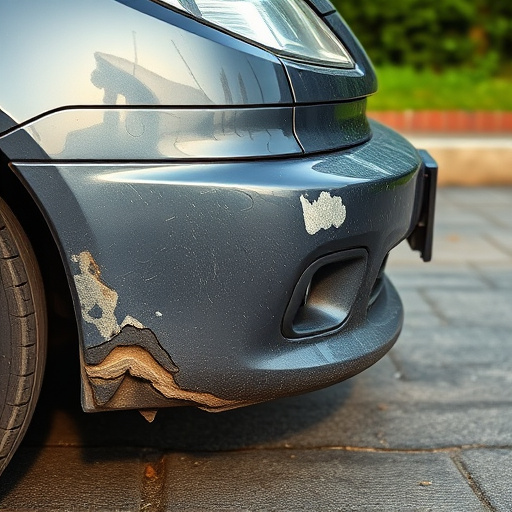
Documentation plays a pivotal role in trim restoration collision work, ensuring that every step of the repair process is meticulously recorded and tracked. It acts as a comprehensive record, providing a clear picture of the vehicle’s condition before, during, and after the collision. This detailed documentation is not just a legal requirement but also serves as a crucial tool for both mechanics and insurance companies to verify the extent of damage and the effectiveness of the restoration work.
Accurate documentation in trim restoration collision involves meticulous recording of all repair procedures, parts replaced, and materials used. It includes before-and-after photos, detailed descriptions of each step taken, and even notes on environmental conditions during the repair process. This level of detail is essential for ensuring transparency and facilitating accurate claims settlement. Furthermore, proper documentation facilitates the comparison of vehicle bodywork before and after car paint services or paintless dent repair, confirming the quality of the restoration work.
Effective Practices for Detailed Records Keeping
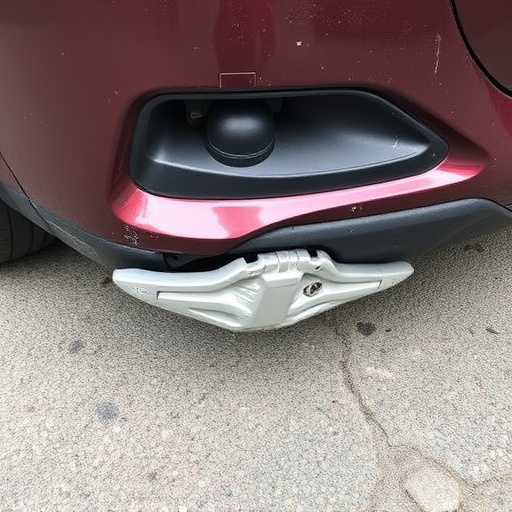
In the realm of trim restoration collision work, meticulous records keeping is a cornerstone of successful outcomes and client satisfaction. Effective practices involve comprehensive documentation that includes detailed descriptions of damage, before-and-after photographs, and precise measurements. This ensures that every aspect of the repair process is accurately tracked, facilitating seamless communication with clients and insurance providers. Well-maintained records also serve as valuable references for future projects, enabling restorers to consistently deliver high-quality results.
For collision repair professionals, documenting each step of trim restoration goes beyond compliance; it empowers them to demonstrate their expertise. By recording specific materials used, techniques applied, and time taken for various tasks, automotive repair specialists can showcase their mastery in vehicle collision repair. This level of detail not only builds trust with clients but also aids in identifying areas for process improvement, fostering continuous excellence in trim restoration services.
Proper documentation is an indispensable aspect of successful trim restoration collision work, ensuring precision, accountability, and a seamless customer experience. By implementing effective record-keeping practices, collision centers can maintain high standards, facilitate efficient project management, and ultimately enhance the overall quality of their services in trim restoration. This, in turn, strengthens their reputation and fosters long-term client satisfaction.

